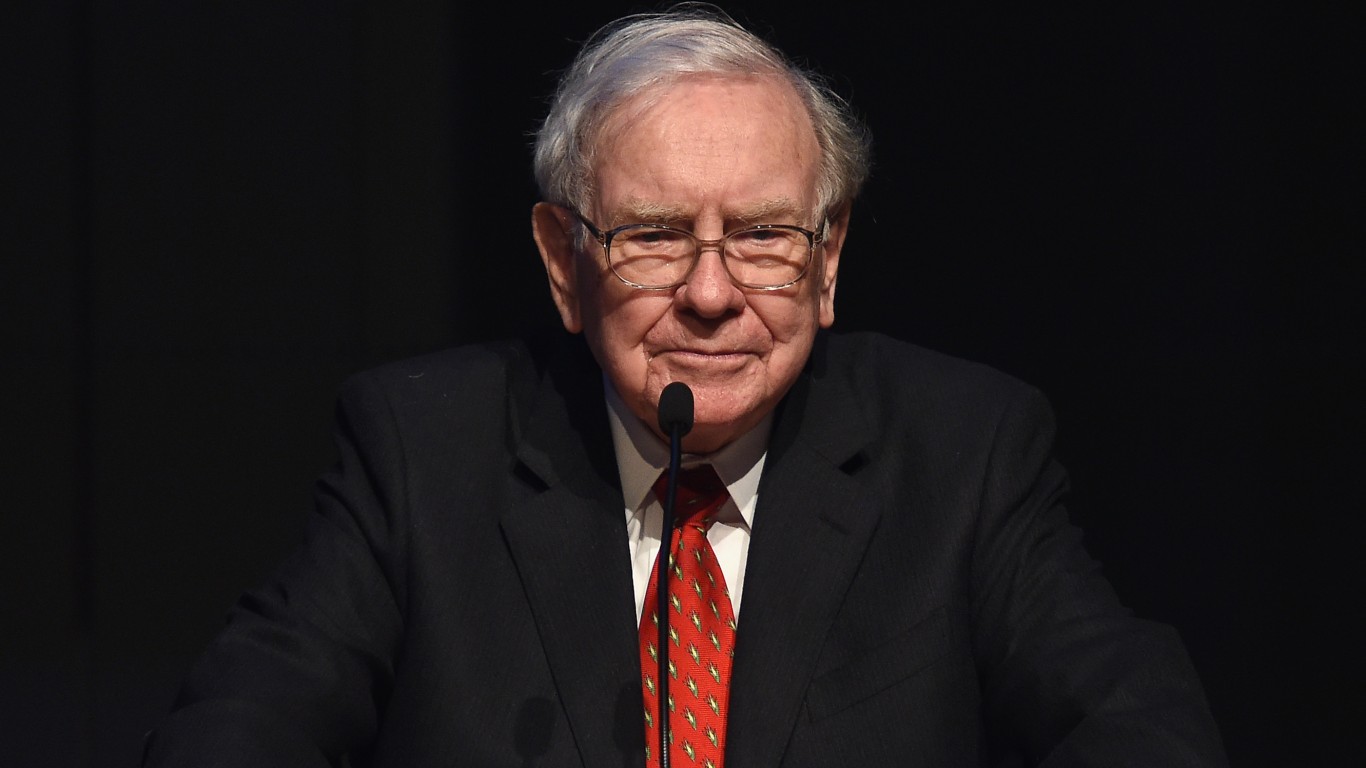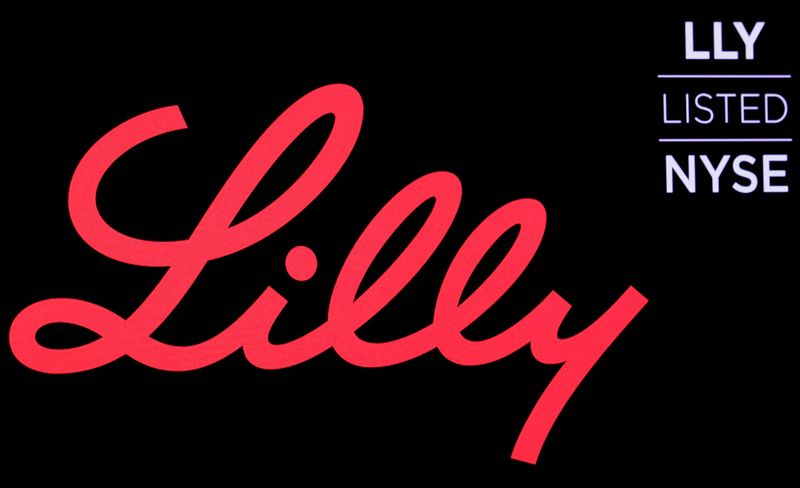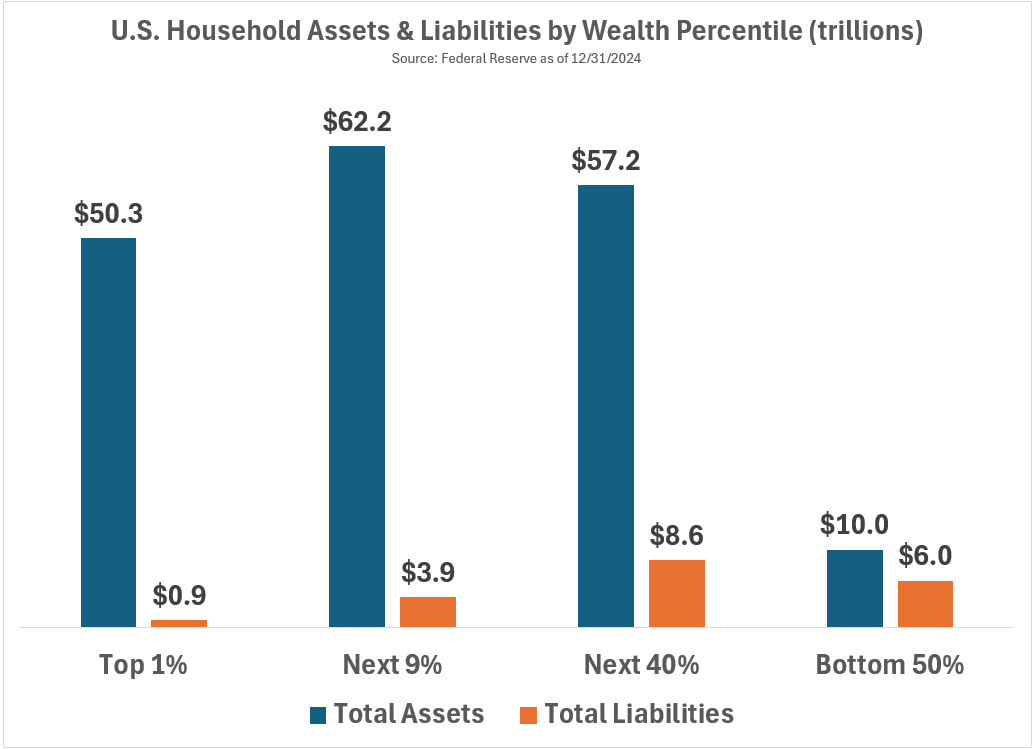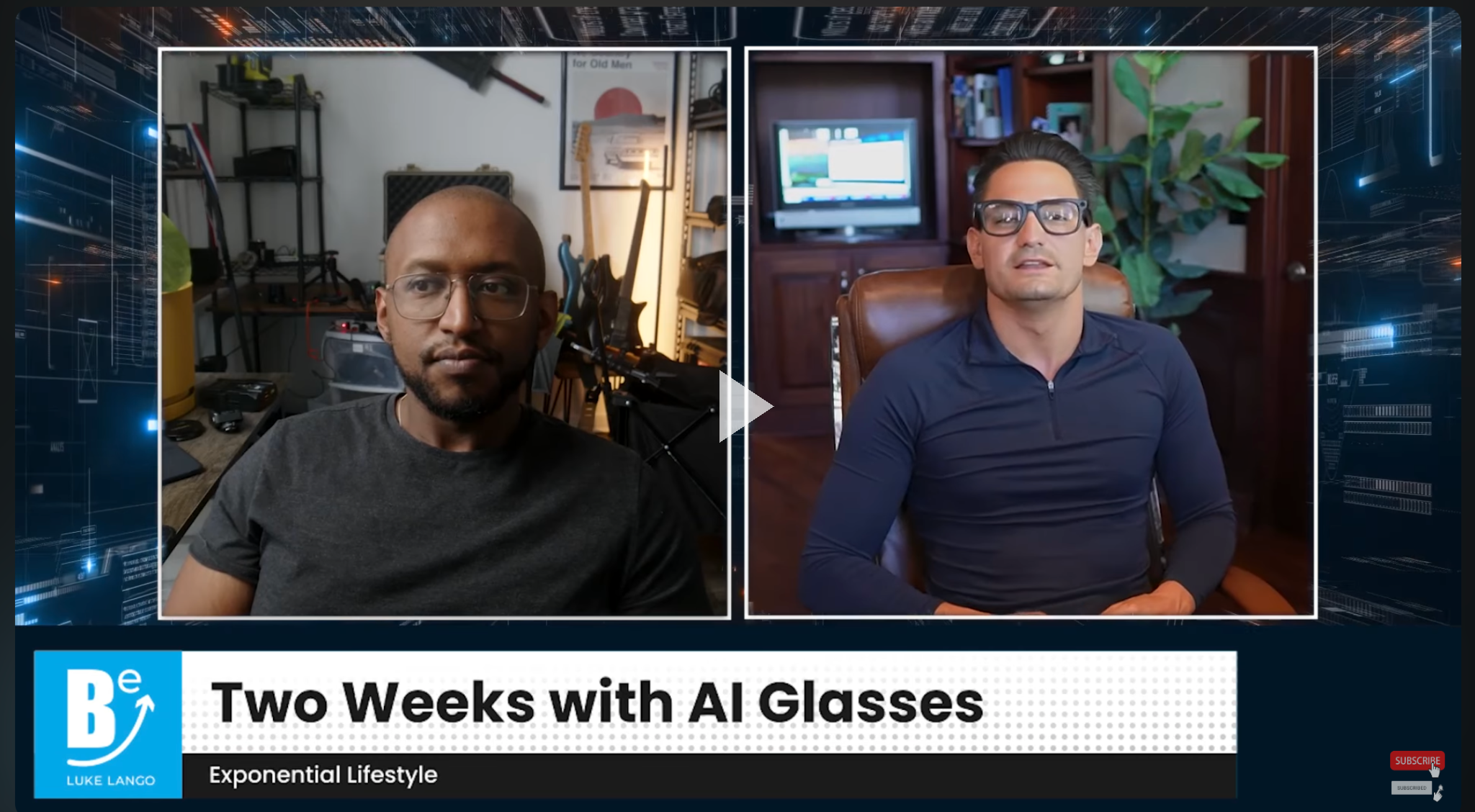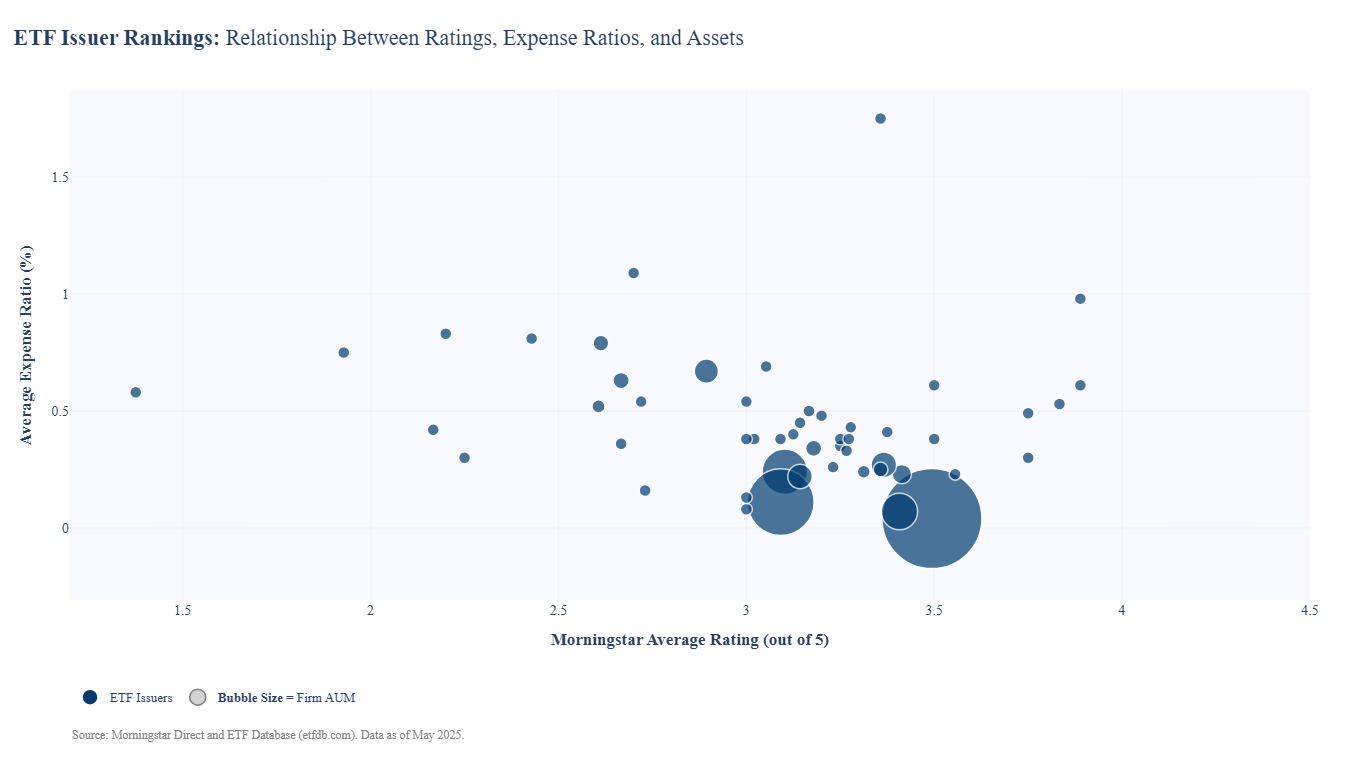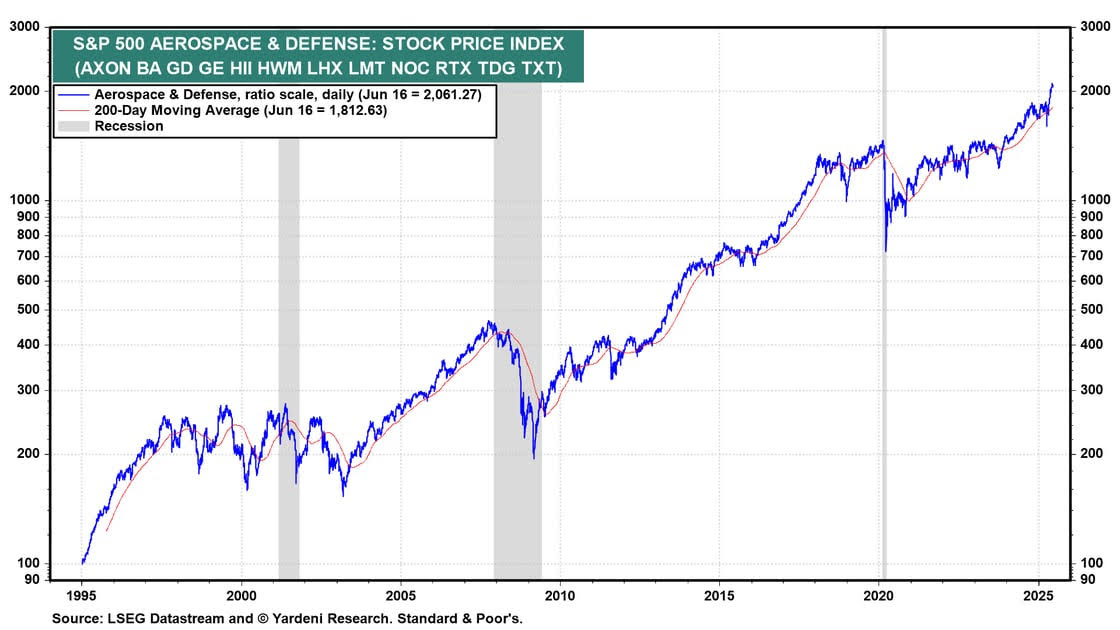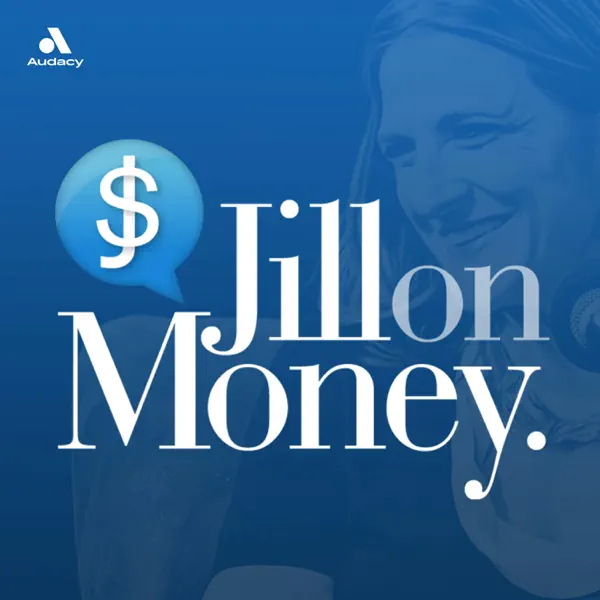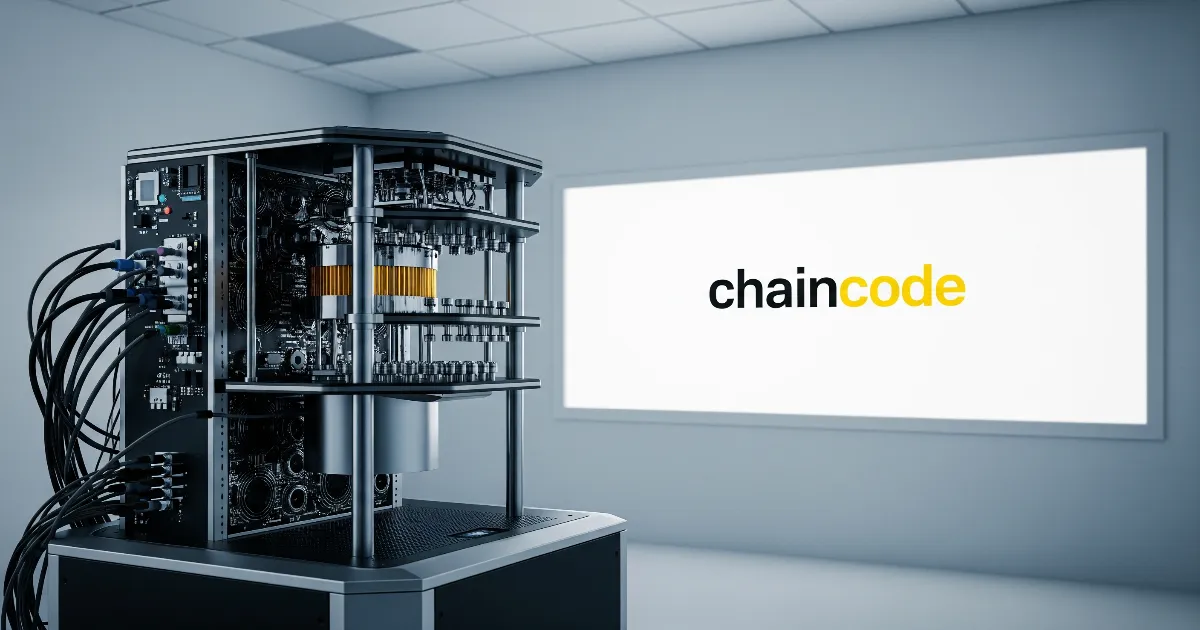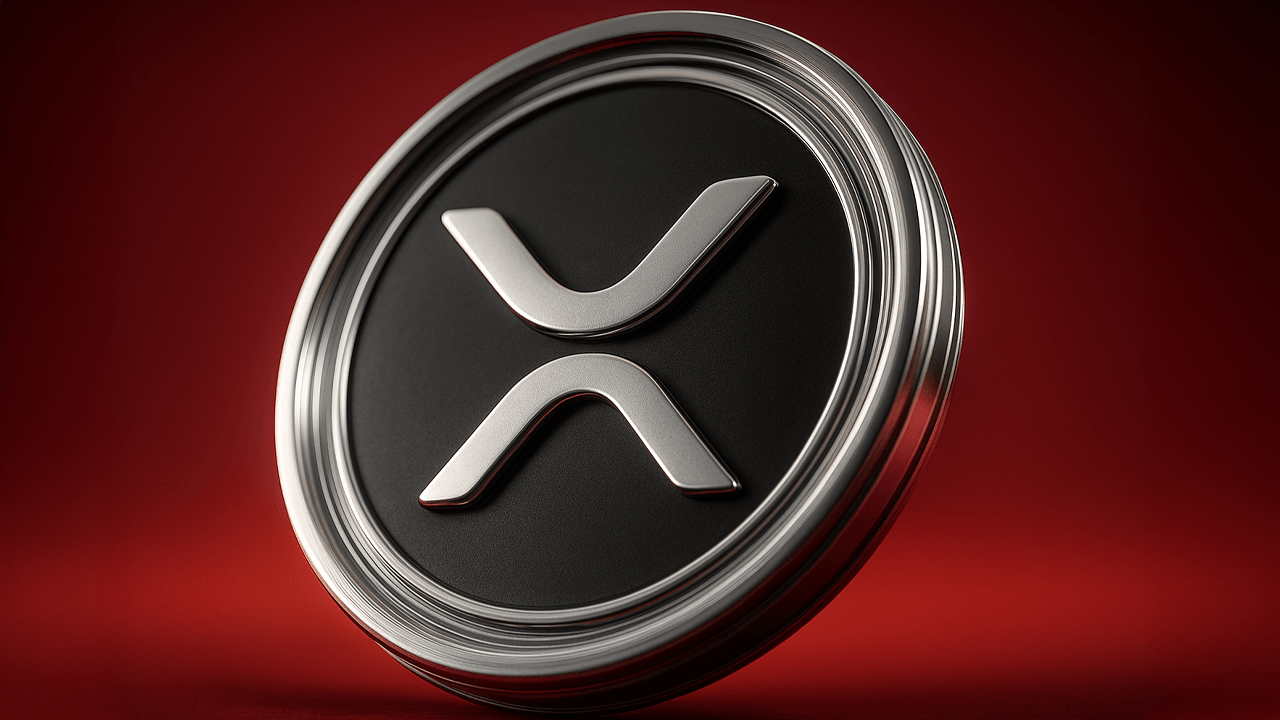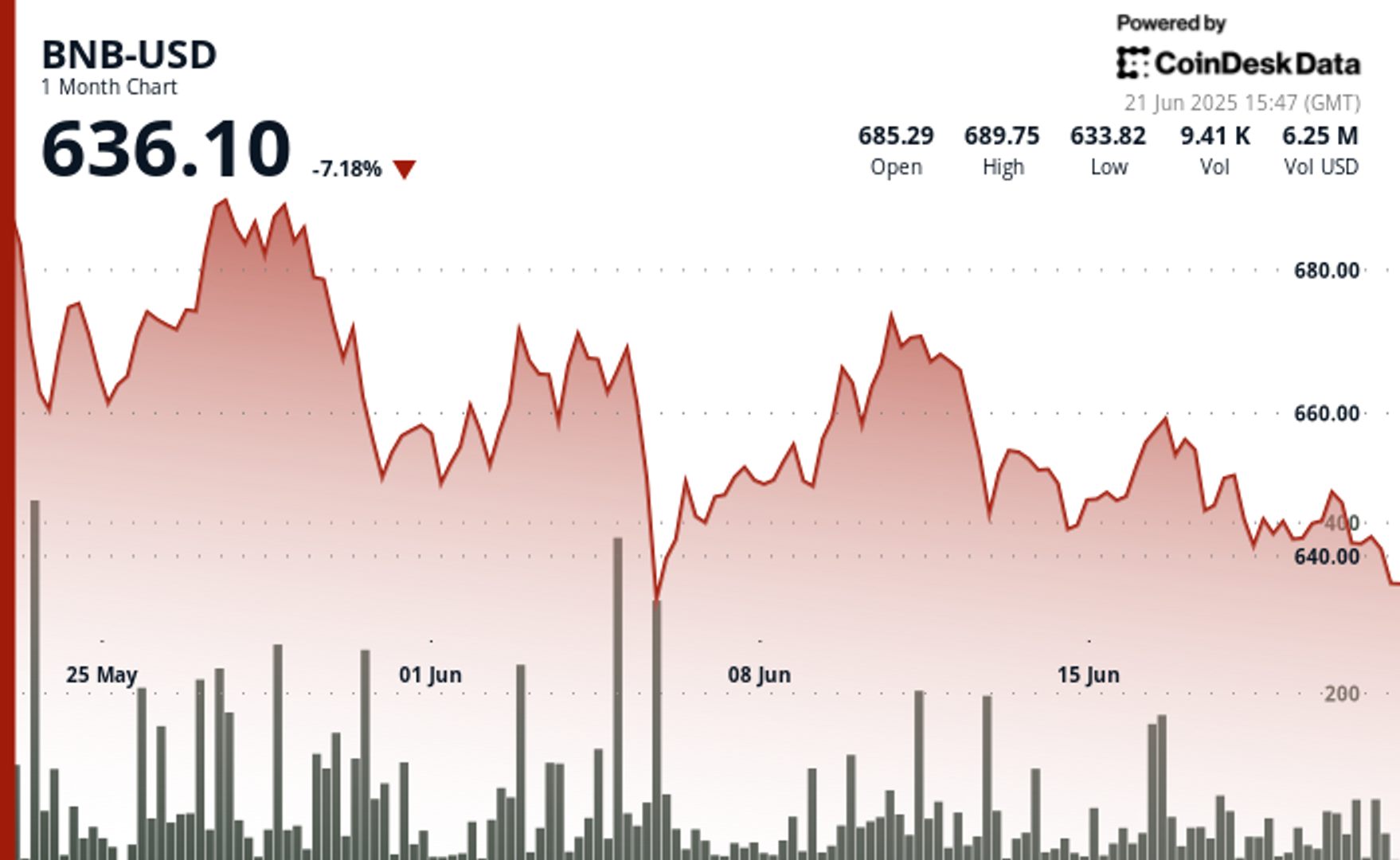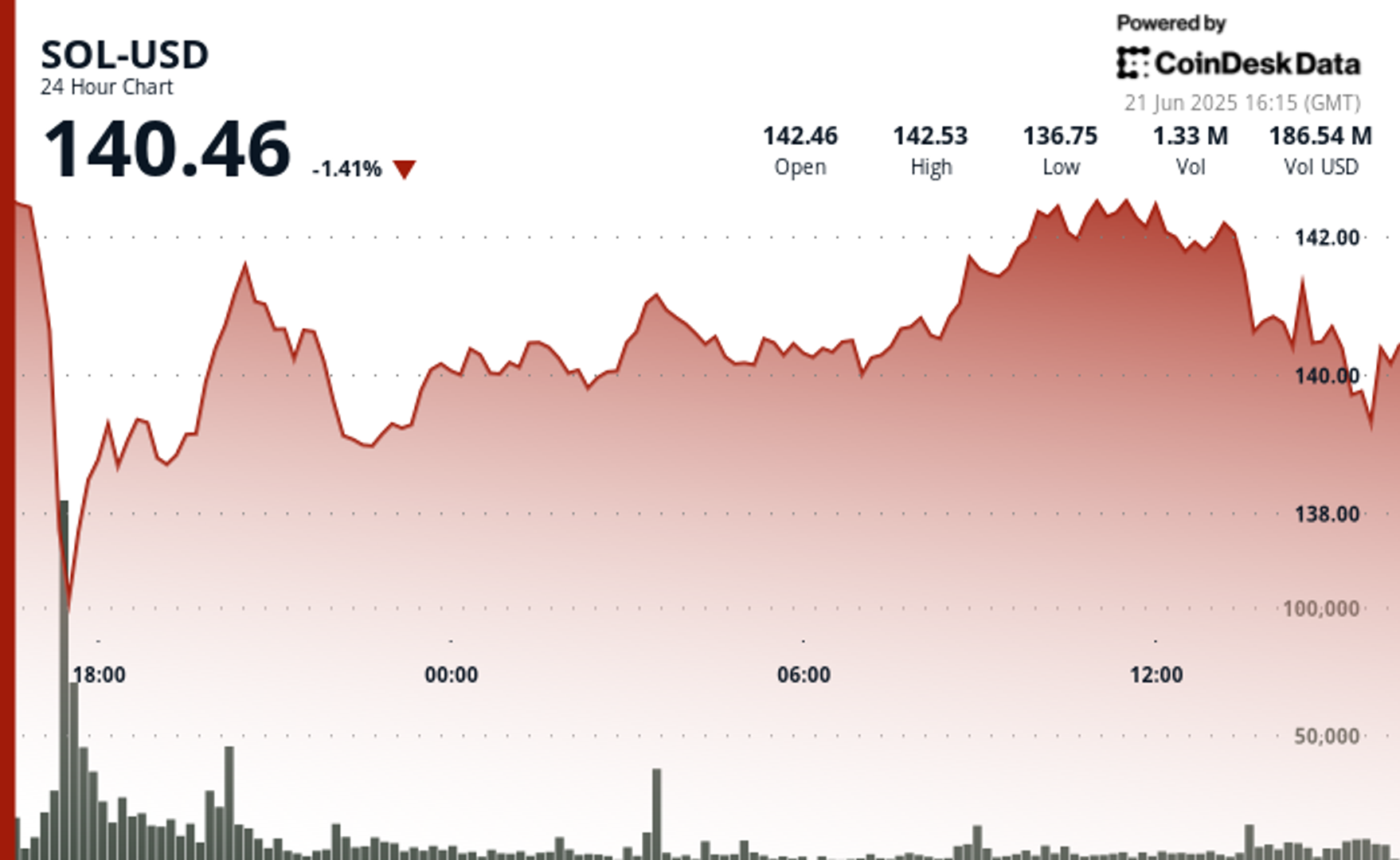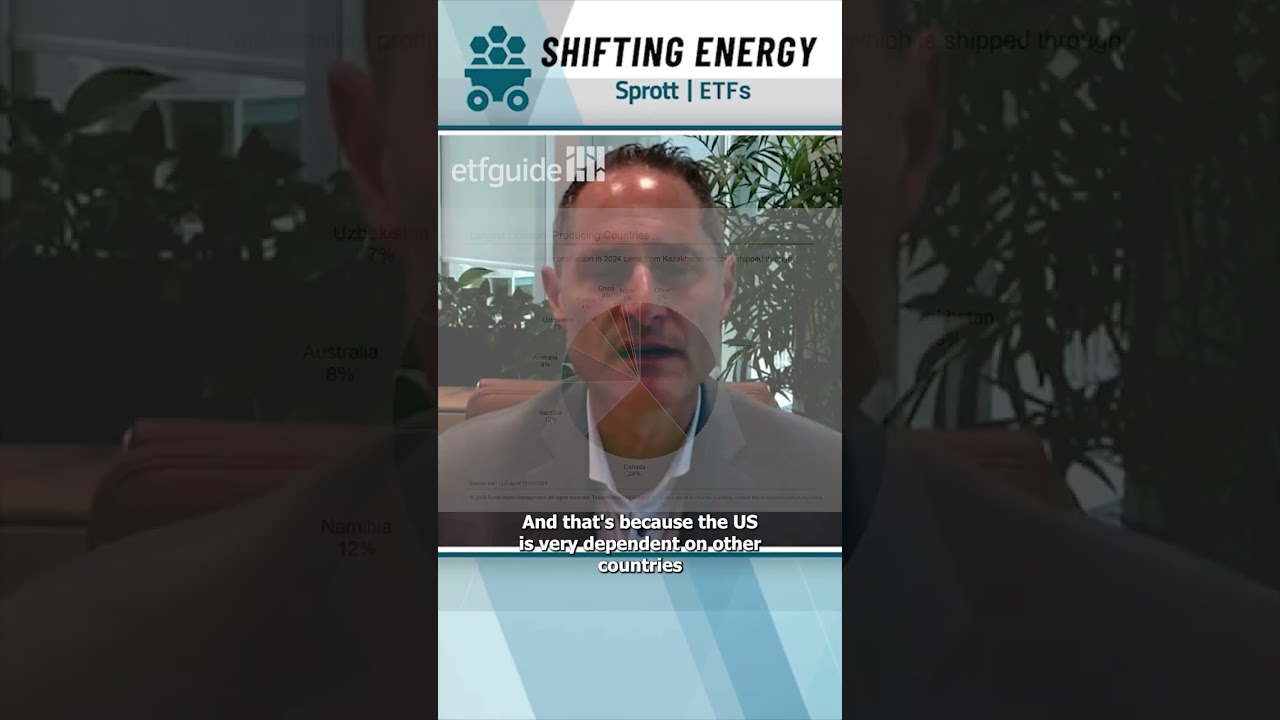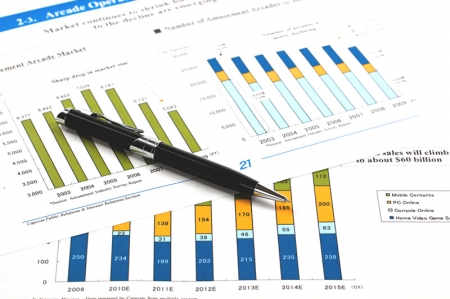I Am Fully Invested: My Journey to 18,658 ULTY and Retirement Planning
One of the biggest trends of late among income-oriented investors has been the surge of popularity for YieldMax exchange traded funds (ETFs) and for their competitors’ EtFs, attempting to use similar strategies. By using the option derivatives market to artificially create a dividend income stream for its volatile stock and index-pegged ETFs, YieldMax has created […] The post I Am Fully Invested: My Journey to 18,658 ULTY and Retirement Planning appeared first on 24/7 Wall St..

One of the biggest trends of late among income-oriented investors has been the surge of popularity for YieldMax exchange traded funds (ETFs) and for their competitors’ EtFs, attempting to use similar strategies. By using the option derivatives market to artificially create a dividend income stream for its volatile stock and index-pegged ETFs, YieldMax has created a catalog of synthetic security ETFs that generate monthly, and sometimes weekly dividend payouts.
A number of forward-thinking DIY investors who embrace the FIRE (Financial Independence, Retire Early) ethos have become vocal proponents of YieldMax ETFs, and many have taken to posting on Reddit to exchange ideas and experiences as to which ones are favorites and why. Certain ETFs, such as YieldMax Ultra Option Income Strategy ETF (NYSE: ULTY), have become especially popular due to their weekly payouts and calculated triple digit annual yields.
Key Points
-
YieldMax ultra high yield ETFs have become increasingly popular for income-minded investors of late.
-
Their innovative use of option derivatives create synthetic securities that generate high monthly dividends to the delight of shareholders.
-
The structure of the synthetic security creates a relatively higher risk for depletion of the underlying principal capital, which could theoretically be reduced to zero.
-
Are you concerned about not being up to speed on retirement portfolio requirements? Are you ahead or behind on your personal retirement? SmartAsset’s free tool can match you with a financial advisor in minutes to help you answer that today. Each advisor has been carefully vetted and must act in your best interests. Don’t waste another minute; – get started by clicking here.(Sponsor)
Setting The Stage With Options

Call options are a valuable tool for creating extra premiums, as well as for utilizing leverage in trading. Statistically, the Chicago Board of Options Exchange cites that only 10% of call options get exercised, meaning 90% of all remaining call options either close out flat or expire worthless each month. Despite these odds, there is an unslakable thirst in the market from buyers to consistently maintain open interest liquidity for anyone looking to write and sell calls. These buyers are more than happy to cough up premiums for the opportunity to score profits on their leveraged bets.
YieldMax was founded in 2011 by derivatives specialist ZEGA Financial, an SEC-registered financial advisory. Acknowledging the market’s strong interest in high-flying tech stocks with commensurately high volatility (delta), YieldMax began offering Exchange Traded Funds pegged to specific stocks with an added dividend component. The lower costs, commensurate market movement, and the dividend kicker proved to be an irresistible combination package that quickly filled YieldMax’s coffers with investor assets in order for them to replicate their model with other underlying securities. According to TradingView, YieldMax had an influx of $4.8 billion by its first year anniversary
Fast forward to 2025. YieldMax now holds $14 billion Assets Under Management. The company’s ETF catalog has expanded to over 50 selections, including covered call ETFs, as well as cryptocurrency ETFs, select portfolio ETFs, industrial sector ETFs (ex. Semiconductors, Real Estate options), index ETDFs, and even short interest ETFs. The state-of-the-art digital processing ability to crunch numbers at lightning fast speeds grants YieldMax the operational capability to handle all of these offerings.
How YieldMax Covered Call Options Actually Work

YieldMax’s covered call strategy is fairly complex, and differs from that of rivals JP Morgan and others. YieldMax’s use of options incorporates a spread strategy within its call writing that maximizes efficient use of funds to keep costs low and liquid for each new month of expirations. Given that 90% of call options close out flat or expire worthless, YieldMax’s protocols follow this basic pattern:
- Rather than actually spending thousands of dollars per share for an underlying stock, YieldMax will buy a leap call option (long maturity) and create a synthetic covered call by writing a near term call against it.
- YieldMax then sells a short put, along with a put option for the same strike price and expiration as the leap call.
- Maximum downside risk is limited to the cost of the leap call.
- The cost of the synthetic covered call is far less than conventionally acquiring the underlying stock to do a traditional covered call.
- The synthetic derivative security will also hold US Treasuries for added capital protection.
- As dividends are paid out either weekly or monthly, they may contain a portion of principal in the remittances, which is how the capital erosion element introduces a different type of risk to the equation.
- The frequent payouts limit the upside potential of the ETF, so capital appreciation expectations should be minimal to negative over the long haul.
When markets are more turbulent, option premiums are higher. The erosion of premium value is pegged to time remaining before expiration and the amount of intraday volatility (delta) from the underlying stock during that period. YieldMax tries to create its synthetic derivatives when delta and time value remaining appear to be optimal for the call buyers, eager to make a quick profit. By playing the odds that with every passing day, the stock will either trade lower or sideways improves the likelihood of the option being worthless by expiration Friday.
YieldMax ETFs for Retirement Planning

A retired Reddit poster in his mid-50s (very likely a FIRE acolyte) posted a YieldMax heavy retirement portfolio with its largest positions and yields as of time of this writing, as follows:
- 18,658 YieldMax Ultra Option Income Strategy ETF (NYSE: ULTY) – 146.46%
- 5,198 YieldMax MSTR Option Income Strategy (NYSE: MSTY) – 140.26%
- 4,321 YieldMax COIN Option Income Strategy (NYSE: CONY) – 182.59%
Unlike MSTY, which tracks a singular stock – Microstrategy (NASDAQ: MSTR) and CONY, which tracks, Coinbase (NASDAQ: COIN), ULTY has a distribution rate of 78.88%, and its synthetic derivative calls are created against a select portfolio of stocks that includes holdings in Applied Digital Corp (NASDAQ: APLD), AST SpaceMobile, Inc. (NASDAQ: ASTS), and others.
With his portfolio generating over $10,000 per week in dividends, the poster is clearly overjoyed, but is sober enough to acknowledge that the gravy train may one day grind to a halt. Therefore, he has created the following strategy:
- Devoting half of the proceeds to gradually shift the portfolio into conventional dividend stocks and bonds;
- While enjoying the other half of proceeds for his own lifestyle spending, he is deploying separate real estate income and accompanying tax deductions to pay estimated quarterly income tax.
- Despite preferring MSTY, he opted for taking a larger ULTY position for the added diversification risk mitigation with the ETF pegged to a group of stocks as opposed to a single one.
The Bigger Retirement Investment Picture

Although the poster doesn’t indicate either way as such on the below topics, investors in a comparable situation might also consider the following additional retirement strategies:
- HSA: If one doesn’t have a Health Savings Account (HSA), opening one would be a prudent move, given the unstable status of Medicare and escalating medical treatment costs.
- Index ETFs:While certainly on the right path with ULTY having an extra layer of risk mitigation through diversification, tried and true index ETFs will probably offer better long term stability, growth, and liquidity, albeit a lower income tradeoff. However, the growth factor should not be underestimated, especially as an investor approaches RMD (Required Minimum Distribution) age in their 70s. Longer lifespans need retirement assets to grow enough to continue providing funds into a retiree’s extended years.
- Emergency Fund: If one doesn’t have an emergency fund, stocking up for 6 months’ worth of income and keeping it in a highly liquid High Yield Savings Account is a smart, proactive strategy to take, especially if markets experience disruptions.
- Expense Ratios & Tax Efficiency: YieldMax expense ratios are high due to their dynamic derivatives management, and the yields are commensurately worthwhile. Tax-efficiency and lower expense ratios for future conventional investments should be a part of the evaluation criteria.
- Advice: Organizing retirement portfolio asset transitions and changes of strategy focus can be a complex process. Consulting with a retirement funds professional is certainly an advisable step to take. An objective professional’s perspective can be helpful, even for DIY FIRE fans who are used to making their own portfolio decisions.
The post I Am Fully Invested: My Journey to 18,658 ULTY and Retirement Planning appeared first on 24/7 Wall St..







































